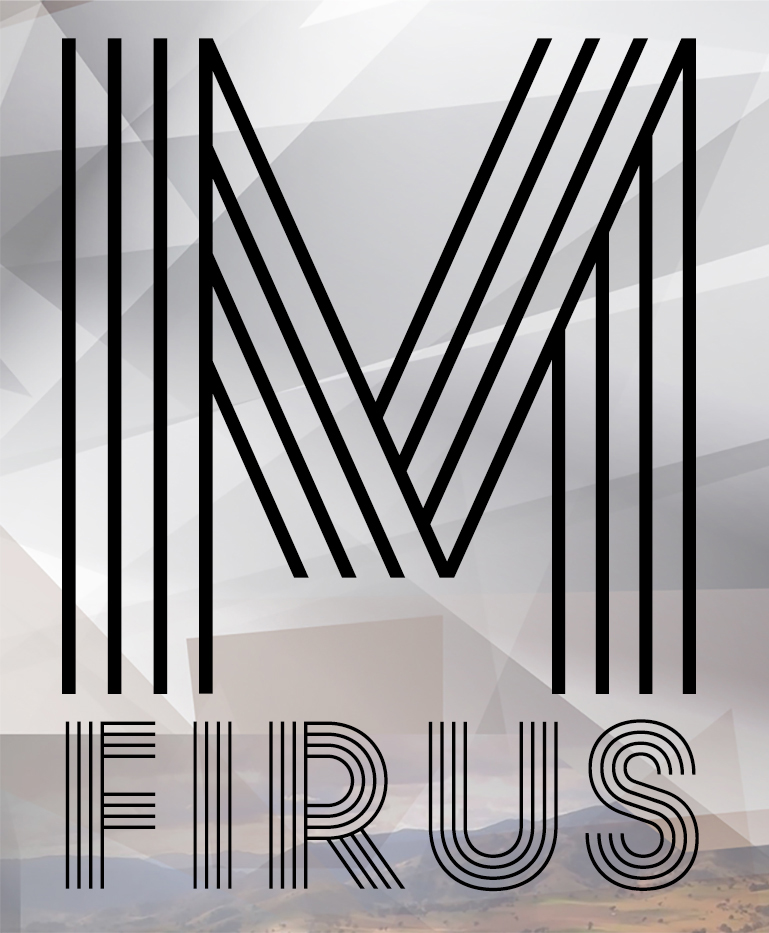
A shift in Media – Unpacking David Gauntlett
The media environment in which we find ourselves is constantly changing. It is changing at a rate that surpasses that of any other field of the humanities, arts and mathematics. I can make such an audacious statement is because as an entity, media is created and consumed on a scale which surpasses that of any of the aforementioned disciplines. This is tied into the sheer an unrivaled accessibility of media; it is an accessibility which gives the ability to innovate and create to even the inexperienced. To reach such creative ability in another discipline would require years of study but in contrast, software and hardware developers have created free tools inside each of our mobile handsets that allow me and you to create and distribute media.
It is for this reason that the field of media can be a challenging one to teach academically, and many approaches have been proposed. One of these approaches, one that I find appealing, is that of David Gauntlett a British sociologist and media theorist, whose approach ties in with the fact of media’s accessibility. His theory focuses, not just on the discussion of how people use media, but more so on making media.
He proposes that it is only through being informed by the experience of making and exchanging media, which one can effectively write about it. And since media (in all its forms) advances so quickly through accessibility, Gauntlett posits that there should be a shift in education to “learning with media, rather than learning about media.” He goes on to say that this is necessitated by the inherent need for “moving forward” through the construction of understanding, rather than looking retrospectively at how things were, which supports the goal of being “transformational” in the field of media, rather than being documentary. Having being involved primarily in the practical side of media making, this theory is one that I agree with. Gauntlett proposes that to understand the field of media, one must actively participate in it. By participation, the media environment can be actively gauged ‘from the inside’ rather than perused from afar. As we all know, the media scene can be unpredictable. Who would have thought 20 years ago that so much frenzy would result from whether the dress was blue and black or white and gold? So, much like the best way to tell if the ‘waters fine’ is to jump in, it seems the best way to accurately analyze and learn about media is to be in the thick of it; feeling the trends through being a part of them.
The question can arise at this point, practically speaking, what do you need to know to be an effective media practitioner? Gauntlett touches on this in this article. He uses tree key skills: technical knowledge, awareness of “emotional or embodied” information and the knowledge of how to enact change. While he frames these skills in the context of media studies, I think they are very important in mastering media production. Regarding technical skill, it is obvious that I need to know how to operate a camera to capture something with it. In order to know what is an appealing subject to film, and to know what themes would resonate with an audience, I need to have a grasp of people ideas, feelings, and desires. And lastly, and indeed most importantly, I need to know how to get things done. I need to know how to propose an idea in order to get financing and how to approach individuals charismatically to create an effective team. So while Gauntlett does not concern himself entirely with the training of a media creator, the skills he has outlined are very useful, nay essential to being a successful practitioner.
All third party images acquired royalty free from Graphicstock.com
